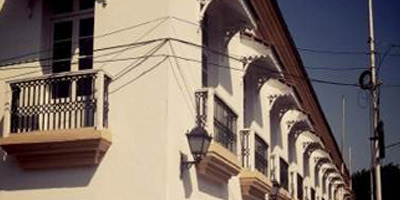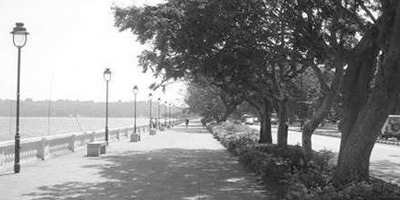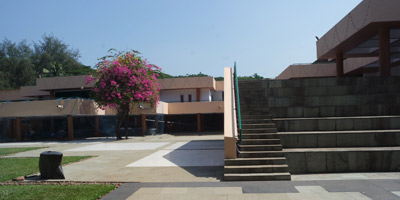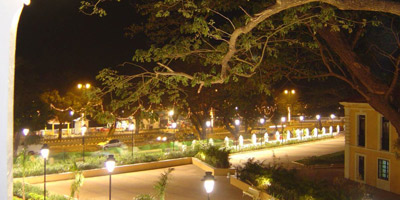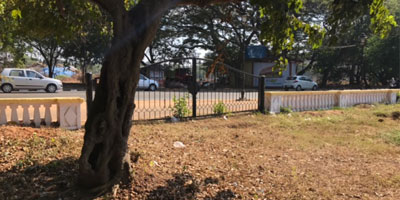Spread across a 1.8 km stretch along river Mandovi, our venues have been strategically chosen for its historical value, natural settings and affinity towards arts. Design interventions, restoration projects and public art initiatives will transform our venues into spaces where audiences can experience the arts in exciting new contexts.
With its close-knit networks and practical commute options, the festival that aims to be spread over a few places will be accessible to all. Serendipity Arts Festival intends to transform the waterfront along river Mandovi in Panaji into a hub of cultural activity.




